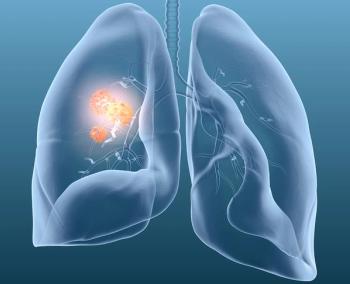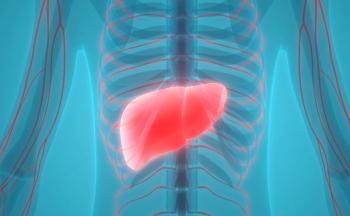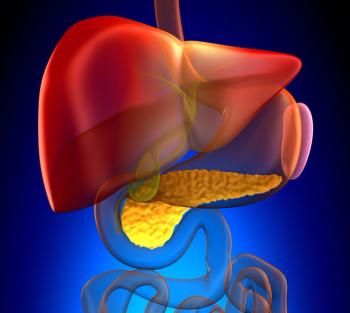
How do PDX and Computational Models Assist in the Development of ADCs?
Computational models help researchers anticipate how ADCs may behave in later lines of development, while they are still in the early stages.
Patient-derived xenograft (PDX) and computational models have been valuable tools for researchers when developing antibody-drug conjugates (ADCs). When used in tandem with experimental work, they can help a developer achieve a greater understanding of the biology or the internalization rate of an ADC at the early discovery stages.
Leading ADC experts, from researchers to engineers to oncologists, gathered at the 16th Annual World ADC Summit in San Diego, CA, to discuss topics like this and everything else prominent in the space of ADCs. Greg Thurber, PhD, a professor in chemical engineering at the University of Michigan School of Biomedical Engineering, was one of such experts who spoke with CancerNetwork® at the conference about topics of note from his seminars.
Thurber’s first seminar was titled “Contextualizing learnings from translational profiles of approved ADCs to unlock best approaches to preclinical dosing in mouse models”, and he also hosted a workshop about the multiscale mechanisms of ADCs, among other topics.
During his presentation, Thurber discussed the importance and helpfulness of computational and PDX models in development, even at the earliest stages. For example, when screening for antibodies, if one internalizes at a notably different speed than the others, it can be input into a computational model, which can then predict what impact it may have at the clinical stage. The models can then be adapted and modified when moving further along the development pipeline to account for results from animal models.
Transcript:
The computational models are very nice [being] able to forecast what you expect to happen in the clinic. I often argue for running a parallel campaign where you’re making computational predictions of these [ADCs] at the same time as you’re doing the experimental work. What the computational work allows you to do is to forecast what you expect to happen in the clinic. Even at the early discovery stages, you might look at a new target, and you might understand something about the biology, and you can look at the internalization rate and forecast what that is ultimately going to do in terms of your efficacy in the clinic. As you’re screening for antibodies, you might find one that internalizes much faster or much slower, and then you can plug that into your computational model and predict what the impact is going to be at the clinical stage. As you move along the pipeline, once you get into your animal studies, you can update the model with any sort of differences from your predictions. It gives you more confidence to move forward, that things are behaving as you expect, and that you already have this clinical forecast. That’s one of the strong advantages of doing the computational work in parallel with the experimental work.
Newsletter
Stay up to date on recent advances in the multidisciplinary approach to cancer.





















































































